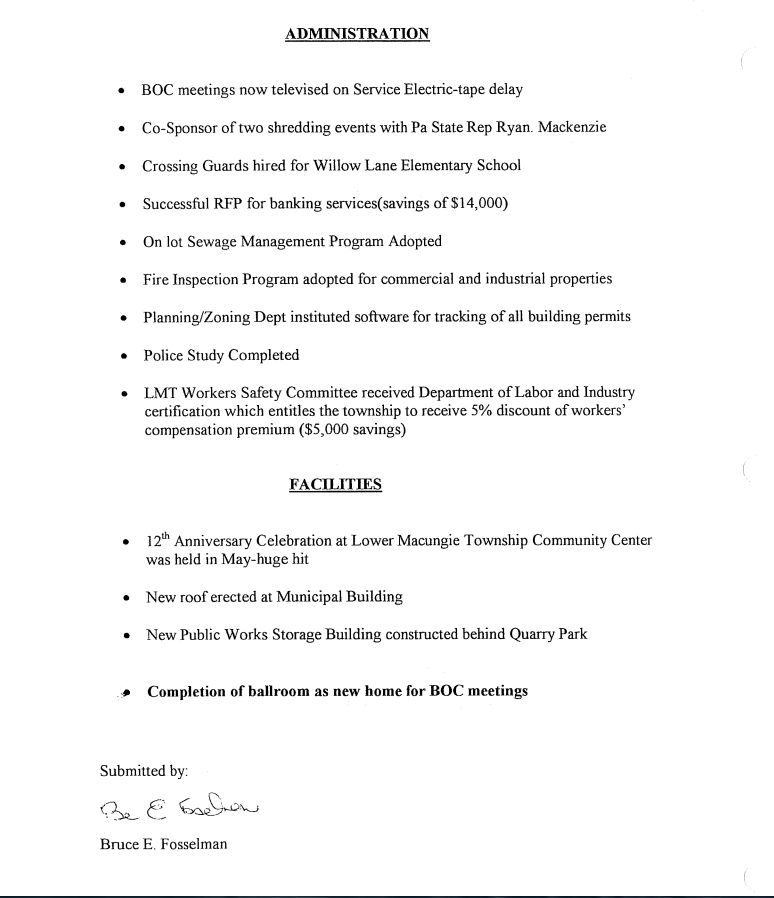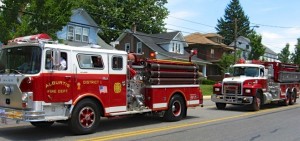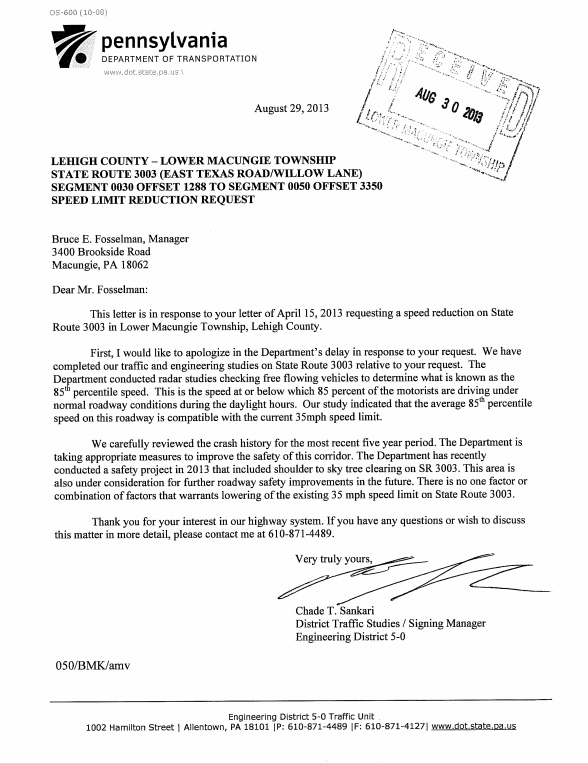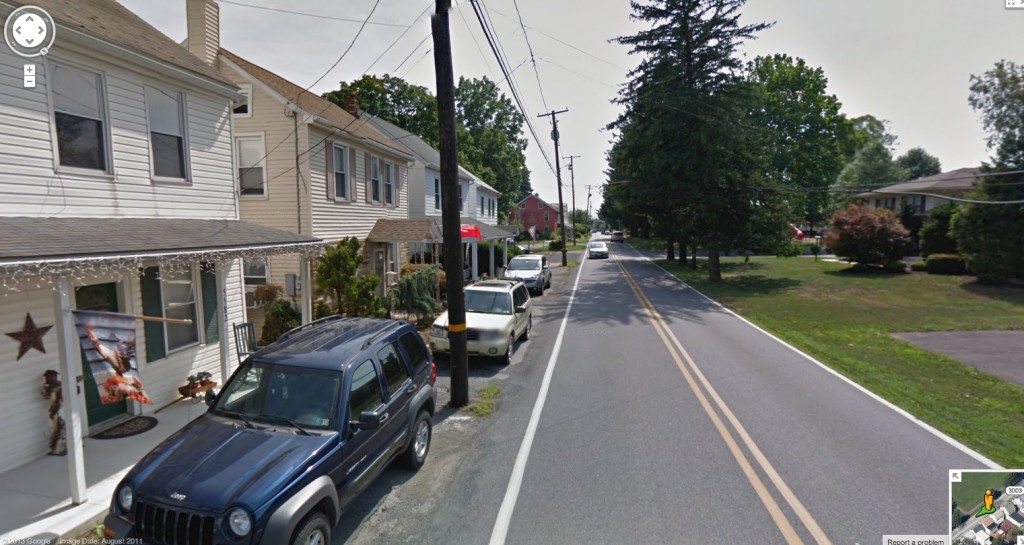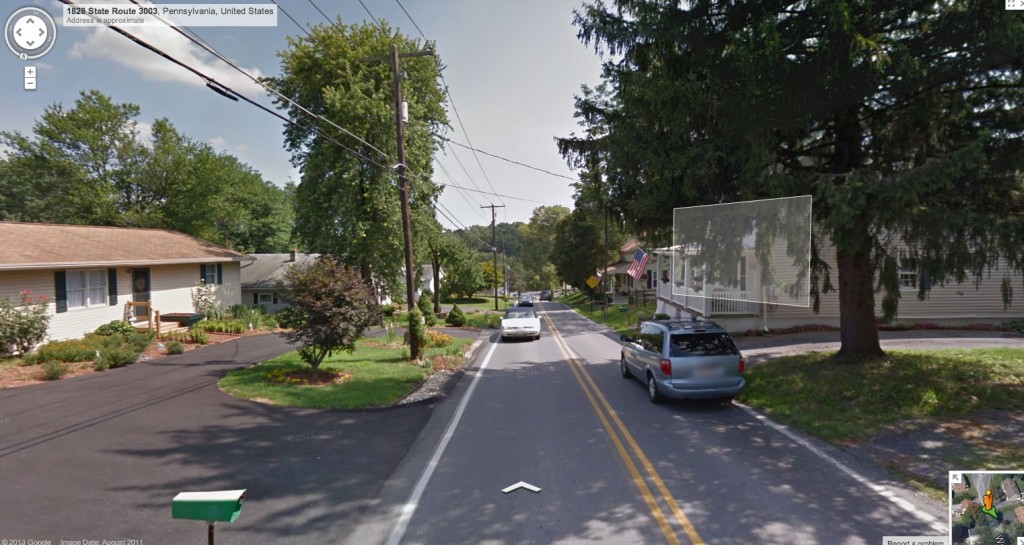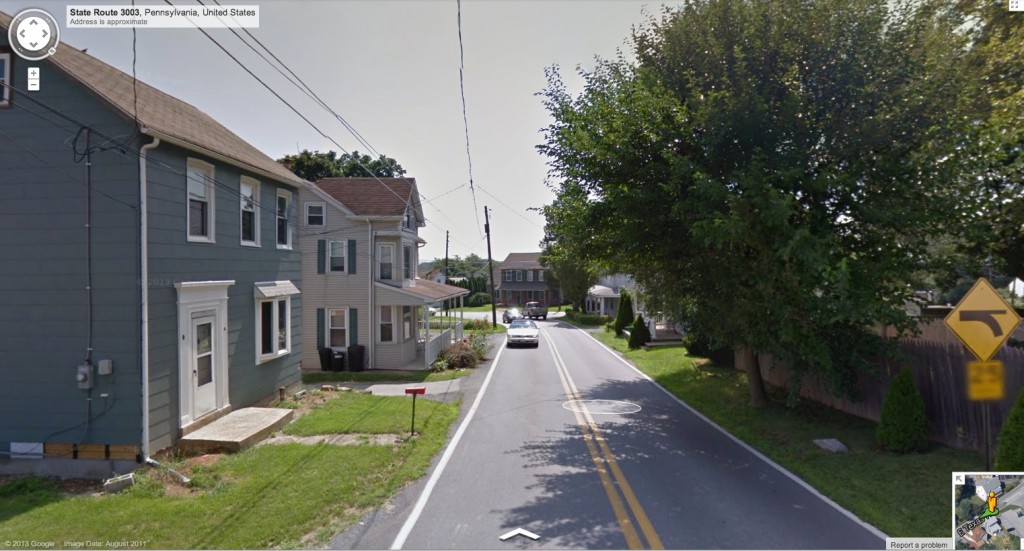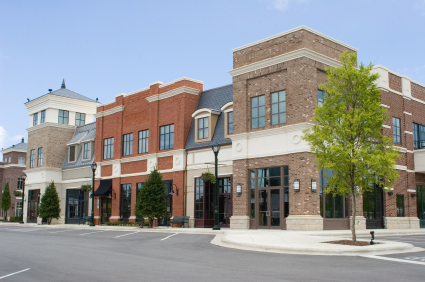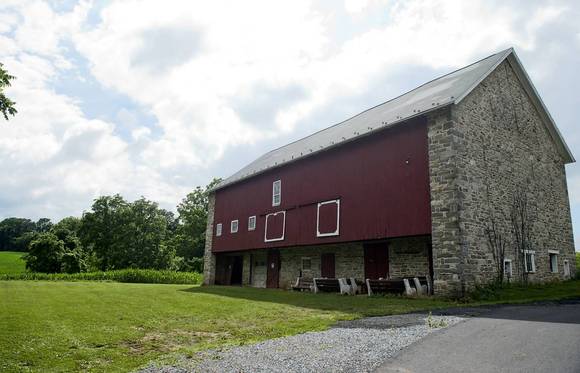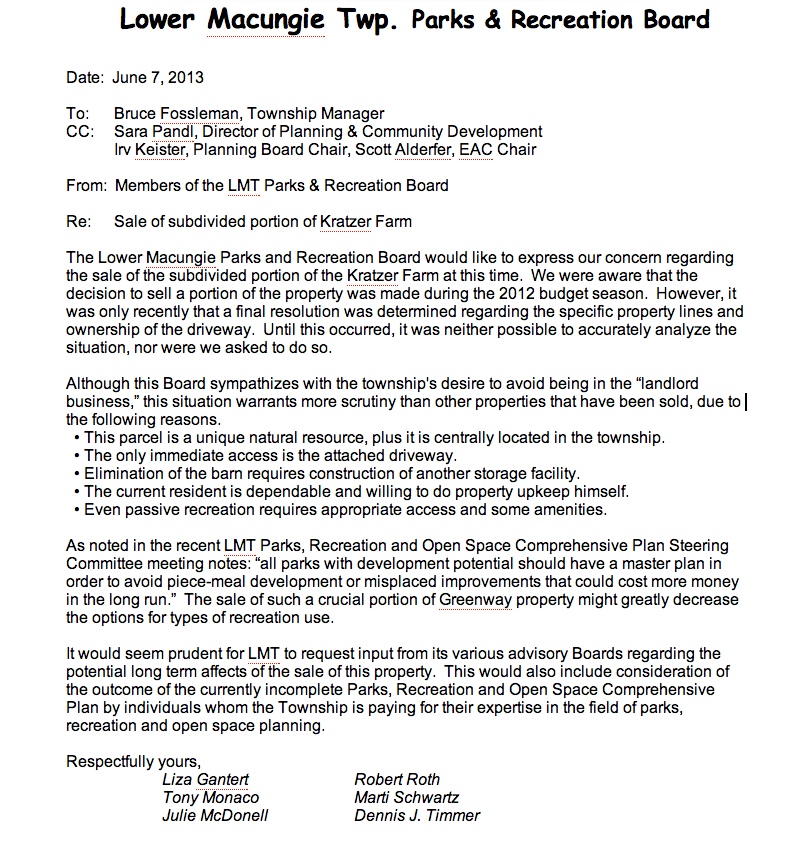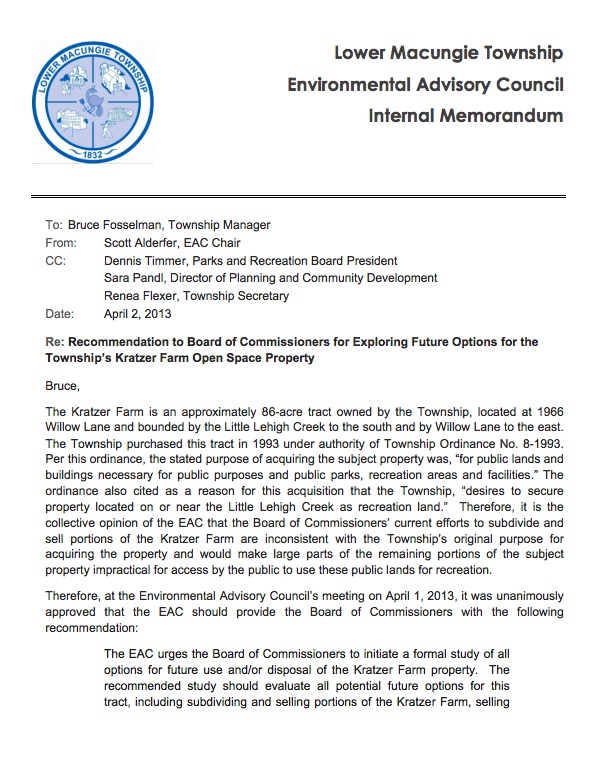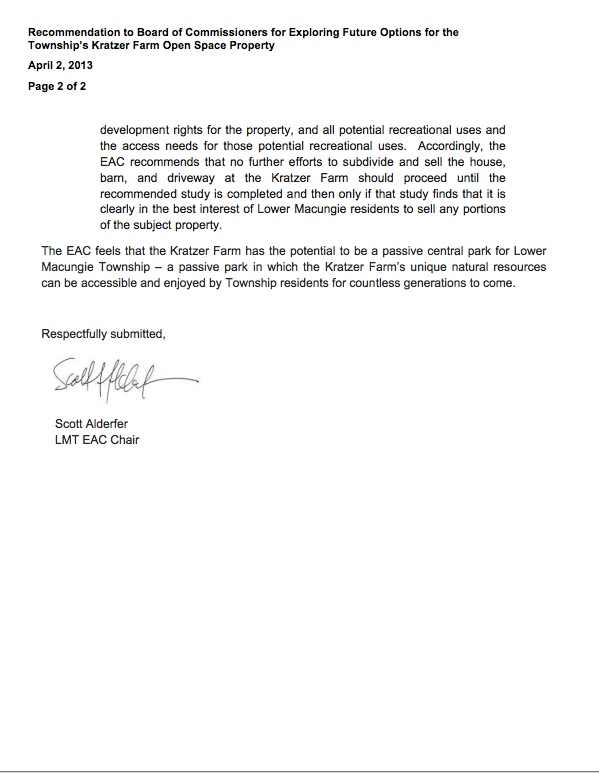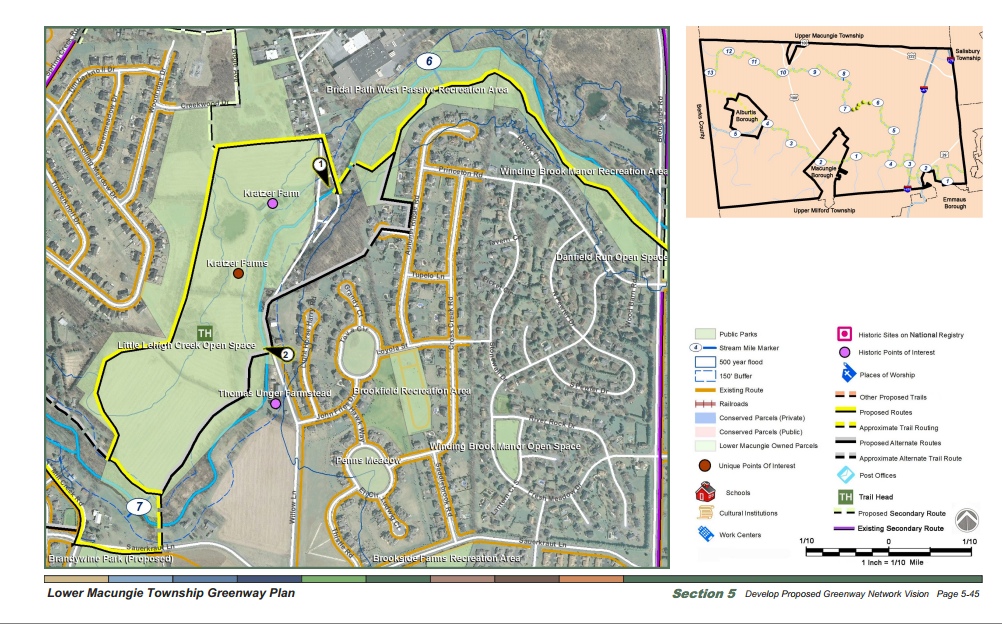FYI – This is a practice I started and will continue as a member of the BOC. In these previews I may indicate a voting inclination, but it in no way means my mind is made up on any issue. During a critical hearing for the Jaindl issue, a Commissioner once spoke before public comment outlining he was voting to move forward the project regardless of what people said during public comment. That was wrong.
My hope is by doing this I open the door for conversations before public meetings. One of my biggest issues with the Jaindl debacle was people didn’t truly understand what was happening until it was “too late”. I plan on doing everything I can to make sure residents have background information and then my thoughts on issues before they come to a vote in front of the board. This is one mechanism to do that. I hope people find it useful. Please contact me at ronbeitler@gmail.com if you have any questions about any issues.
12/19/13 Complete agenda with detail
NOTE: This will be the first BOC in the new meeting room. I have mixed feelings about this. Yes, it is beautiful. And most of the work was done by township public works staff. And they did a fantastic job. And yes, I think it includes much needed improvements to our Audio Visual setup. These are important since they allow better participation for residents during critical hearings and approvals. Especially ones dealing with land development plans. I firmly believe residents should be able to see what commissioners see during hearings. The new room has a giant monitor just for this specific purpose. Additionally the recording equipment was updated.
Where my mixed feelings come into play is the giant (and I mean GIANT) new Dias. I do not think this was needed and felt moving the old Dias to the new room (previous ballroom) would have been sufficient if this would have resulted in cost savings. I do not think we needed additional seating and further I actually prefer volunteer commission meetings to take place in more informal settings. I think the formality of the room in some ways creates a barrier to participation. If I had my way, the pulpit would be removed and residents could speak (when called upon to maintain order) from their seats. I do understand this is tough because of the recording requirements of meetings. Basically, I think the AV enhancements were needed. But overall, the room is pretty exorbitant and I’m not sure if I would have voted for this version had I been seated in 2013. I would have liked to explore less costly and smaller Dias variations/options.
Announcements & Presentations
There are 2 Eagle Scout projects on the Agenda. This is always a pleasure to see.
Dr. Gary Cordner – Police Protection Study.
Executive summary outline here of police protection study.
Communication
- 5 statements of interest for various positions. Remember, these vacancies will be filled in January but the township always accepts applications! (they will keep on file for 1 year)
- There is one letter opposing Hamilton Crossings TIF.
- 6 letters opposing Real Estate Tax
- 2 letters supporting increase EIT instead of Real Estate Tax
- 2 letters in support of Real Estate Tax
- 1 Letter encouraging investigation of Home Rule Charter
- One letter encouraging creation of a police force and supportive of tax to support. (Note, seems to be the minority opinion based on conversations with residents)
Engineer – Approval of Hydrant Installation for Spring Creek Properties (Jaindl). Note, I believe we will be seeing Jaindl spring creek land development plans coming to the township next month. I will be sure to keep residents informed. The entire subdivision will be one of the largest development projects in township history. Over the last 3 years I opposed the rezoning of 700 acres of farmland where this industrial (warehouse) project will be built and I supported the resident funded litigation attempting to overturn the zoning. Moving forward, I think it’s critical residents stay involved in the process.
Township Manager: Presenting 2013 year in review.
Old Business:
Couple items here, one of note. The policy regarding appointments of incumbents to volunteer boards. I feel as though all applicants including incumbents should be interviewed. This will be addressed at a January meeting.

